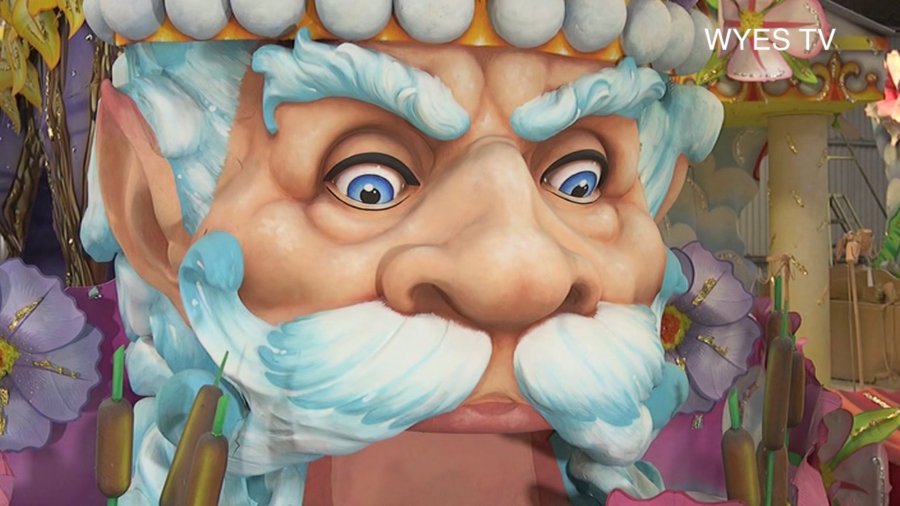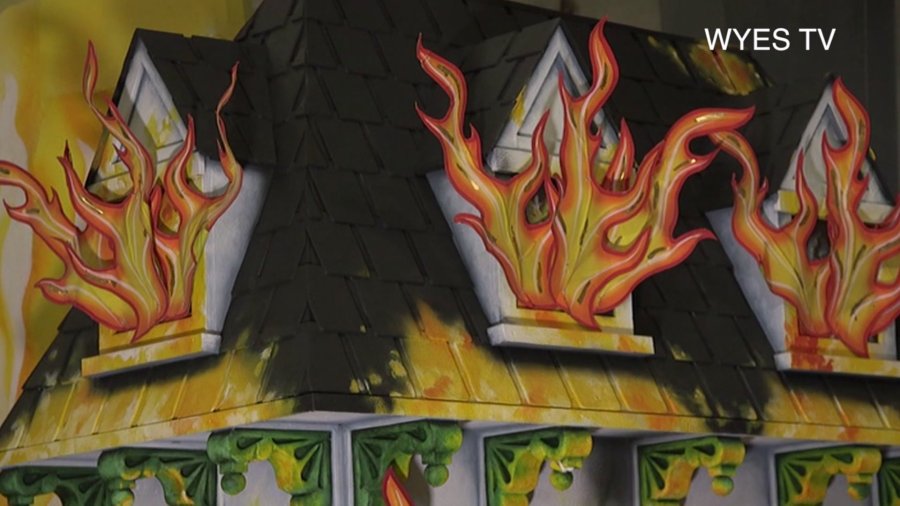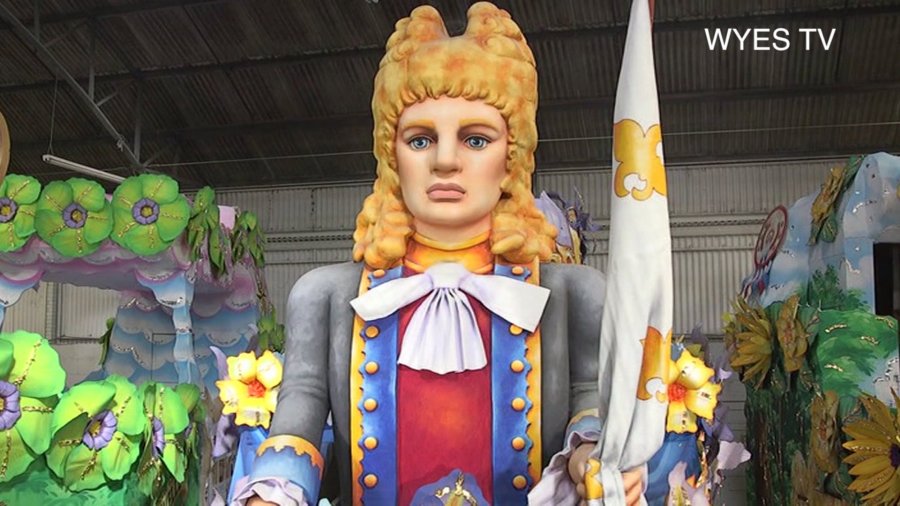This is an archived article and the information in the article may be outdated. Please look at the time stamp on the story to see when it was last updated.
NEW ORLEANS — If you’re going to put on a parade to commemorate 300 years of a city’s history, no one should expect the floats to show only the good times and none of the bad.
So, this year’s Rex parade will feature a couple of disastrous events that your great, great, great, great grandparents– might have tried to forget.
“L’Ancienne Nouvelle-Orleans” (“Ancient New Orleans”) is the name of this year’s theme, promising a “rolling tableaux” to celebrate the city’s Tricentennial. Each float will present an event from the city’s “rich history and culture,” says the Rex organization, with ” a focus on its first century.” And boy, that first century was a doozy.
The parade will step off with the “Monarch of Merriment” float– the one that carries Rex himself — the man whose name remains a secret until the Saturday before Mardi Gras.
Then you’ll see the four other iconic floats: “His Majesty’s Bandwagon” (providing “lively music for Rex and for those who greet him”), “The King’s Jesters” (that’s the float with the giant, grinning head whose image is on just about every tourist brochure ever printed), “The Boeuf Gras” (the papier mache cow), and “The Butterfly King” (a relative newcomer, added to the parade in 2012).
But watch out for float 17.
Is that a laughing skull on the back? A giant mosquito poised to stab you on the front? Children, cover your eyes!
“It’s not that horrific,” says Rex Artistic Director, Henri Schindler, laughing. But float 17 is a memorial to “Yellow Jack”– the annual summertime scourge of yellow fever.
According to the float’s historical background, more than 41,000 New Orleans residents died of yellow fever between 1815 and 1905. For most of those years, no one knew how the virus was transmitted. Wealthy New Orleanians high-tailed it out of town each summer to avoid the mysterious killer, while those who stayed in the city burned tar in barrels, believing the acrid smoke might keep the fever away.
The float is frightening enough to make today’s residents grateful for “Deep Woods Off.”
But another tragedy is on the way. Prepare yourself for the shock of float 22.
That’s the float that jumps out at you in shades of yellow, orange, and red — an artistic reminder of the Great Fire of 1788.
That fire swept through the little village of New Orleans at a time when most of the buildings were made of wood, and 80 percent of them burned to the ground. In fact, the historical background on this float dutifully notes that because the fire occurred on Good Friday, “the parish priests refused to allow church bells to be rung to sound the alarm.”
“I love the colors on that float,” says Schindler. “Scary.”
If you can shake off your fright and recover your sense of frivolity, the rest of the parade highlights the glory days of the city’s first century.
Float 28, “Andrew Jackson,” shows the future President on his horse, waving his hat triumphantly to celebrate the victory of his rag-tag troops against the British at the Battle of New Orleans in 1815.
Float 24, “Baroness De Pontalba,” honors the savvy businesswoman of 1795 who built the luxury apartments that bear her name in Jackson Square. As her giant bust rolls past, imagine her getting the last laugh on her father-in-law. He shot off one of her fingers in an attempt to kill her and steal her fortune.
And float 27, “Henriette DeLille,” is a tribute to the beloved nun who founded the “Sisters of the Holy Family” convent in 1813. It still exists today. You won’t see Henriette’s head made out of papier mache on this float. Instead, she’s depicted in a vertical frame — as if she were a figure in a stained glass church window — the perfect setting for a woman who’s now on her way to sainthood.
There’s much more in the parade, of course, but one event in our 300-year history might seem oddly absent.
Although Rex has chosen to focus on the first century of the Tricentennial (plus a few years into the second century) an event in our own century feels too momentous to ignore.
There is no float to remind of us of Hurricane Katrina.
Perhaps another 100 years must pass before we’ll see a Katrina float — in the Rex parade of 2118.
This year’s parade rolls on February 13th.
text widget
February 28 2025 12:00 am












